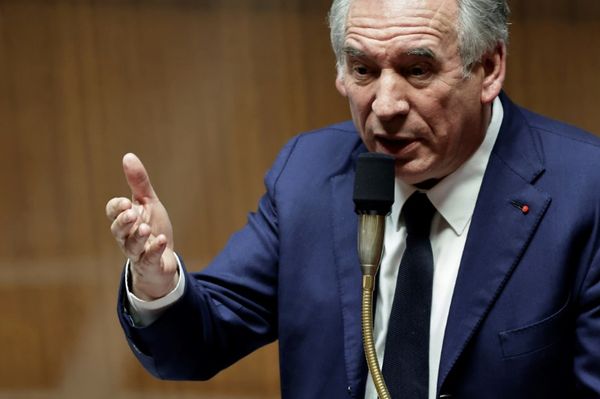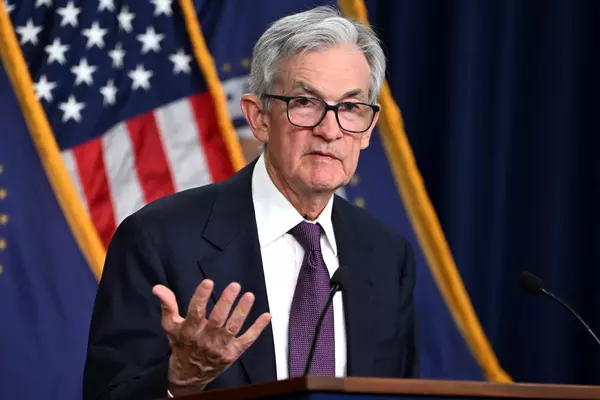
From Hong Kong to Chile and from Lebanon to Iraq, people around the world are taking to the streets in protest against their leaders. Across these myriad different protest movements – with their different contexts, histories, and goals – people are wearing the same masks. The grinning faces of Guy Fawkes from the film V for Vendetta and of the Joker have become ubiquitous. But why?
A mask is a form of self-presentation, it is the face we choose to show to others. Masks have been used by humans for millennia for a variety of purposes from rituals to theatrical performances in order to entertain, to protect, and to disguise.
Protesters have long used masks, from demonstrations against the invasion of Iraq to protests against the World Trade Organization summits in the 1990s. They have a communicative and performative power to help protesters make demands, raise awareness and offer a degree of protection.
A mask is useful in authoritarian regimes, providing a degree of anonymity for those taking to the streets. Authorities in Hong Kong banned the use of masks in early October, arguing that they nullify the facial recognition technology used to identify and prosecute protesters. This led protesters to engage in creative ways to subvert the law including using hair to disguise their faces.

Becoming someone else
But as well as giving people anonymity, masks have a transformative quality for the person wearing them. They afford people the opportunity to be braver, stronger, and less acquiescent in the face of political power. When worn by protesters, masks can encourage people to do something extraordinary, to take to the streets in order to challenge those in power, to render themselves visible and vulnerable alongside others doing the same.
When we wear a mask we become someone else – and so they help to protect and embolden the individual. But behind the mask are faces and bodies, made of flesh – and acutely vulnerable. In recent weeks, people have been shot in Chile, Iraq, and Hong Kong. A mask offers little meaningful protection against state violence.
Part of the appeal of masks to protesters is that they are relatively easy to make. the Joker mask requires a few simple colors, five minutes of face painting, and a relatively steady hand. Protest movements over the past ten years, from Sao Paolo to Madrid, have possessed a creative and handmade quality as protesters seek to showcase their authenticity. This handmade quality demonstrates that movements are from the grassroots and a reaction against the political elite who occupy grandiose buildings in the capital.
The Guy Fawkes mask popularized by the hacker collective Anonymous and the Occupy movements has become synonymous with 21st-century protest. Anytime a protest springs up, there is someone selling mass-produced versions of these masks, paradoxically undermining the critique of neoliberal capitalism articulated by both Anonymous and Occupy. The mask has become an anti-establishment trope wielded by ordinary people to register their dissatisfaction with the ideas and policies of the political elite.
Ultimately, protests are struggles to be seen and heard. The use of cultural artifacts and symbols such as the distinctive red and white hood and cloak from Margaret Atwood’s The Handmaid’s Tale help people to speak up and speak out. Masks are also a way to foster identity with others and communicate strength against a defined foe.

Aesthetics of protest
My own ongoing research has focused on the aesthetics of protest: elements such as masks, use of color, art, symbols, slogans, clothes, graffiti and objects that comprise a material and performative quality which is often captured in photos and videos and shared across media platforms. The mainstream media tends to focus on dramatic and carnivalesque imagery, knowing this generates attention. Protesters play along, understanding that this attention is important if the mobilization is not to fizzle out. Masks help with this media exposure, ensuring that the ideas of the protesters are sustained a while longer.
Masks also help protesters to show solidarity with one another, and the mask becomes a common language to register dissent. Even though protesters in Chile, Iraq, and Lebanon have very different objectives, be that fighting corruption or challenging unjust policies, they have painted their faces like the Joker for the same purpose: to show that those who are abused, oppressed and ignored are no longer passively accepting their lot.
Due to the film’s global release and the narrative arc of its main character Arthur Fleck, the Joker mask has rapidly emerged as a symbol of the subaltern being empowered, of somebody from the “lower” ranks rising up. The garish face paint cuts across linguistic frontiers, cultural backgrounds, and state boundaries. It has become a symbol of unity, where people come together, for a time suspending their differences and societal cleavages to make themselves seen and heard together.
Masks such as this speak on behalf of the protester, while anchoring each person in a wider struggle. Protesters use such masks as a way to build a counter-culture, express unity, claim visibility, and to challenge those in power. As such, these masks have become a mainstream vehicle with which to communicate subversion.
READ NEXT: Joker Represents the Absurdity and Horror of Our Times
This article was originally published on The Conversation. Read the original article here.
TNL Editor: Daphne K. Lee (@thenewslensintl)
If you've enjoyed this article and wish to receive more story updates, please be sure to follow us on Facebook.







